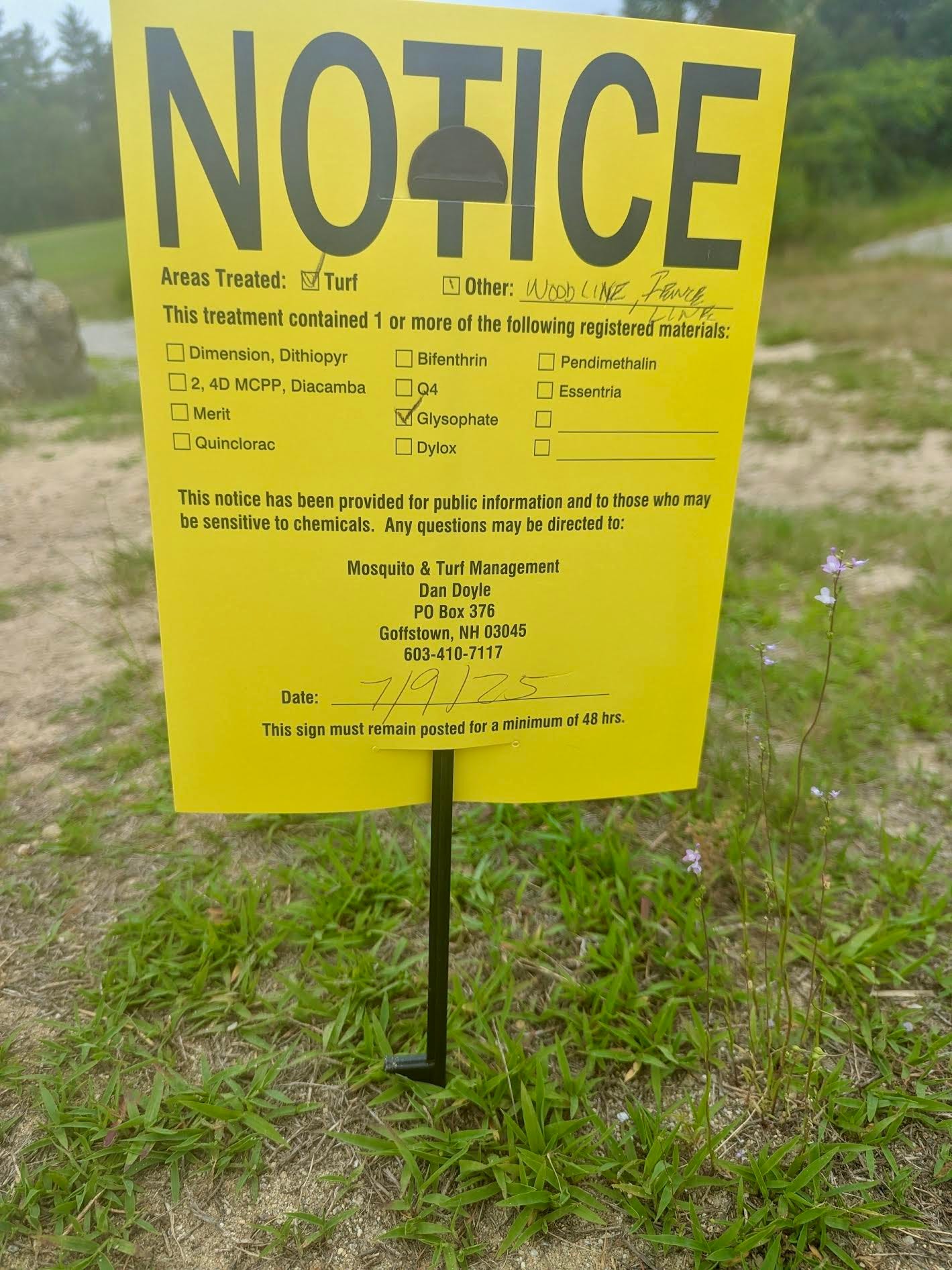By Kelly Ryerson, Contributing Writer, The MAHA Report
Toddler tantrums, picky eating, playground drama, and teenage eye rolls – the timeless challenges families have weathered on the journey of raising kids. But parenting in 2025 is a different beast, especially in navigating the toxic exposures that come with every neon slime concoction, each new fragrance from Bath and Body Works, and all of the bags of Nerds Gummy Clusters found hidden in the back of your child’s dresser drawer.
I presume I am not the only MAHA mom who has fought with her tween (in too loud of a volume) in the aisle of Target over whether a synthetic pumpkin spice scented candle is permitted to burn in the house. I likely also share similarities with those who “accidentally” throw away the Halloween candy while the kids are at school, never mentioning that I might have snagged a Butterfinger for myself in the process.
While we can navigate exposure to most toxins through careful purchasing behavior, the same is not true with pesticides. Pesticides, an umbrella term that includes herbicides, insecticides, and fungicides, are found in food, water, air, personal products and throughout the environment. They are used in agriculture, landscaping, and to control insect outbreaks. Our world is so contaminated with pesticides that exposure is unavoidable.
The Environmental Protection Agency (EPA) holds the responsibility of assessing the toxicity of pesticide products, both how they impact human health and the greater environment. The EPA determines chemical safety based on research provided by the very chemical manufacturers seeking approval. Some states, like California and Illinois, layer on additional, more protective regulation. Despite these layers of regulations, navigating the toxic minefield of pesticide exposure is a task falling primarily on parents.
Doctors don’t typically mention pesticides when pregnant moms go in for their first trimester prenatal care appointments. Yet many studies show that significant health risks of pesticide exposure begin even before conception and through the first trimester. One epidemiological study demonstrated that maternal exposure to pesticides pre-conception was associated with an increased risk of birth defects, especially cardiovascular system defects in offspring. Several other studies connect pre-conception exposure to higher risks of miscarriage and stillbirth.
While many people assume that the placenta protects a growing baby by filtering out toxic chemicals, pesticides have been shown to cross the placenta into fetal circulation. The fetus is especially vulnerable to endocrine disrupting effects of pesticides because it is growing very quickly and undergoing critical hormonal changes. Some pesticides that interfere with the normal hormone balances of the body are linked to permanent changes that can reveal themselves later in life.
A concerning study found that pregnant women with high levels of the herbicide glyphosate in their urine birthed baby girls with longer anogenital distances (AGD), which is the space between the anus and the vagina. A longer AGD suggests that exposure to glyphosate during pregnancy could have masculinizing effects on female babies and disrupt their reproductive development.
Once outside of the womb, children continue to be especially vulnerable to the negative effects of pesticide exposure. Their tiny nervous, immune, and digestive systems are less equipped than adults to detoxify and excrete environmental toxins. Children also eat, drink and breathe more per pound of body weight, thereby accumulating higher toxic doses due to their small size. Furthermore, kids are often directly exposed to the chemicals when crawling, running barefoot through lawns, and putting their hands in their mouths, undermining a parent’s best intentions for valuable outdoor playtime.
Studies have shown that children exposed to glyphosate may suffer from liver inflammation and metabolic disorder in early adulthood. Pesticide exposure during childhood is also linked to increased rates of leukemia, brain tumors, neurodevelopmental issues and asthma. Meanwhile, as children and their families continue to suffer, the EPA repeatedly delivers favors to the pesticide industry by waiving crucial toxicity tests and permitting ongoing exposure to these harmful chemicals. When our regulators are co-opted, the onus of preventing toxic exposures falls right back onto the parent.
Several times a month, I receive an email from parents worried about sending their children to school shortly after pesticides have been sprayed on campus. In some states, public schools are required to notify parents when they plan to spray school grounds with pesticides. Given the sprayed area only remains off limits a few days maximum, it is no surprise that so many parents worry about their children immediately resuming play in the contaminated spaces. I do too.
In 2018, elementary school groundskeeper Lee Johnson sued Bayer – the manufacturer of glyphosate – claiming that exposure to glyphosate caused his Non-Hodgkin lymphoma. His legal team successfully convinced the jury that Bayer should have warned Johnson that glyphosate can cause cancer. Given the undeniable link between glyphosate exposure and cancer, it is shocking that school groundskeepers continue to don masks and protective suits only to spray glyphosate on the very playgrounds where our unprotected children play.
President Trump recently discussed using common sense when considering what is making our children sick. Common sense says that we must immediately prioritize a steep decrease in our use of pesticides on our farms, schools and parks. We are experiencing the very environmental apocalypse Rachel Carson predicted in 1962, in her classic bestseller, “Silent Spring.”
Our reckless use of pesticides is creating a silent spring of sickness. Unless we act with urgency and courage, we risk sacrificing the health and future of our children – for convenience and corporate profit.





Eerily, Rachel Carson specifically warned of endocrine disruptors in her book. A chemist, she cautioned about the highly sensitive hormonal balance controlled by the liver, and easily disrupted by toxins.
Add to the list vaccine adjutants -- ethylmercury in thimerosal crosses the blood-brain barrier, too.
This is such a timely article. Just yesterday I noticed a landscaping truck with the big tank on the back parked outside our neighborhood school. I pulled up to the guy and asked him where and what he was spraying. Looking a little guilty, he said, around the yard and Roundup Pro. My heart sank. I don't have kids but I know plenty of kids in that school, and I walk my dog there. I just said. I hope he's in good health. I was just so shaken. I couldn't think of anything more constructive to say. It has been on my mind ever since.
I appreciate this article so much and came away with a few constructive ideas of how to approach my local authorities.
Thank you so much...Kathleen